Hello everyone, I can't find it anywhere, can I charge the 77ah 650 A battery with a 0-30V 0-10A laboratory power supply?

Czy wolisz polską wersję strony elektroda?
Nie, dziękuję Przekieruj mnie tam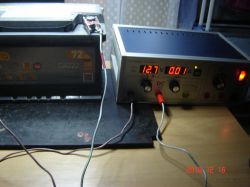

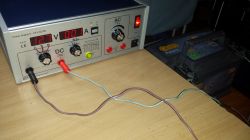
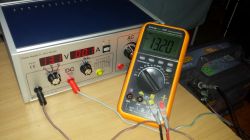
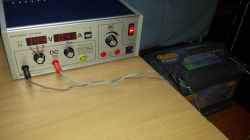
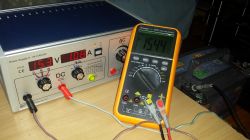
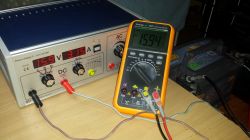
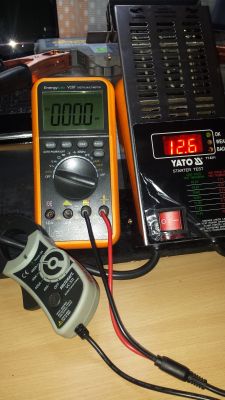
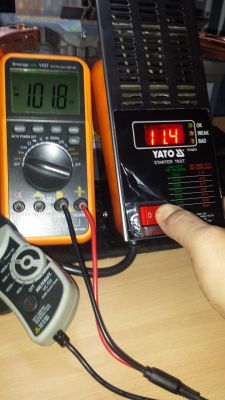

marianek70 wrote:These are my observations and I do not want to prove anything to anyone or perhaps impose my ignorance.
marianek70 wrote:As I gave 15.9 for a moment, he started taking 3.15 A.
marianek70 wrote:After about 3 hours, the ammeter on the power supply stopped at 0.40 A. The battery started to hum slightly
